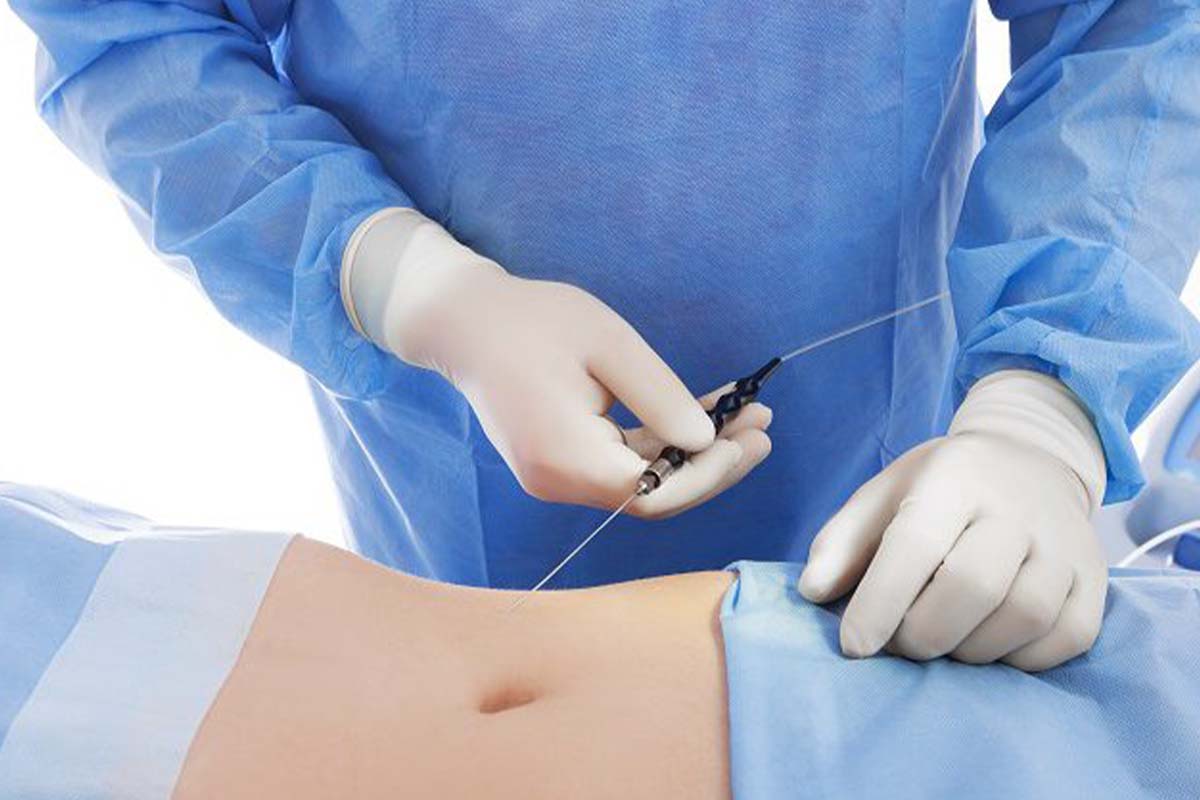Introduction to Liposuction
Liposuction, also known as lipoplasty or body contouring, is a popular cosmetic surgery procedure aimed at removing excess fat deposits. It helps individuals achieve a more sculpted and proportionate body shape. While it is not a substitute for weight loss, liposuction can target stubborn fat areas that are resistant to diet and exercise. This article explores the procedure, its benefits, potential risks, and recovery process.
The Liposuction Procedure
Types of Liposuction
There are several techniques used in liposuction, including:
-
Tumescent Liposuction: This is the most common technique where a sterile solution is injected into the target area to ease fat removal, reduce blood loss, and minimize pain.
-
Ultrasound-Assisted Liposuction (UAL): Uses ultrasound waves to liquefy fat cells, making them easier to remove. It is particularly effective for fibrous areas like the back or male chest.
-
Laser-Assisted Liposuction (LAL): Utilizes laser energy to break down fat cells, which are then suctioned out. It can also stimulate collagen production, improving skin tightness.
-
Power-Assisted Liposuction (PAL): Involves a mechanized cannula that moves back and forth, allowing for more efficient fat removal with less physical effort from the surgeon.
Procedure Steps
The liposuction procedure typically involves the following steps:
-
Anesthesia: Depending on the extent of the liposuction, either local or general anesthesia is administered to ensure the patient's comfort.
-
Incision: Small, inconspicuous incisions are made in the target area.
-
Fat Removal: A cannula (thin tube) is inserted through the incisions to loosen and suction out the fat using a surgical vacuum or syringe.
-
Closure: Incisions are closed with sutures or left open to drain, depending on the technique used.
-
Post-Operative Care: Patients are given specific instructions for recovery, including wearing compression garments and avoiding strenuous activities.
Benefits of Liposuction
Improved Body Contour
Liposuction can dramatically improve the body’s contour and proportions, enhancing the patient’s overall appearance. It is particularly effective in areas such as the abdomen, thighs, buttocks, arms, and neck.
Boosted Self-Esteem
Achieving a more desirable body shape can significantly boost an individual’s self-esteem and confidence. The physical transformation often translates into improved mental and emotional well-being.
Long-Lasting Results
As long as the patient maintains a stable weight and healthy lifestyle, the results of liposuction can be long-lasting. Fat cells removed during the procedure do not grow back, although remaining fat cells can still enlarge with significant weight gain.
Potential Risks and Complications
Common Risks
Like any surgical procedure, liposuction carries potential risks. Common complications include swelling, bruising, and discomfort in the treated area. These are usually temporary and resolve within a few weeks.
Serious Complications
More serious complications, though rare, can occur. These include:
-
Infection: Proper hygiene and post-operative care are crucial to prevent infections at the incision sites.
-
Irregular Contours: Inexperienced surgeons or improper techniques can result in uneven or lumpy fat removal.
-
Fluid Accumulation: Seromas (pockets of fluid) can develop under the skin, which may require drainage.
-
Blood Clots: Although rare, blood clots can form and pose a serious health risk.
Choosing a Qualified Surgeon
To minimize risks, it is essential to choose a board-certified plastic surgeon with extensive experience in liposuction. Proper consultation and discussing realistic expectations can also help achieve satisfactory outcomes.
Recovery Process
Immediate Post-Operative Care
After the procedure, patients may experience swelling, bruising, and mild discomfort, which can be managed with prescribed medications. Wearing compression garments helps reduce swelling and supports the new body contours.
Long-Term Recovery
Recovery time varies depending on the extent of the liposuction and the individual’s healing process. Most patients can return to work within a few days to a week, but strenuous activities should be avoided for several weeks. Full results are typically visible after a few months once swelling subsides completely.
Conclusion
Liposuction offers a viable solution for individuals seeking to remove stubborn fat deposits and enhance their body shape. While it is a safe and effective procedure when performed by a qualified surgeon, it is important to have realistic expectations and understand the potential risks. With proper care and a healthy lifestyle, patients can enjoy long-lasting, transformative results.


